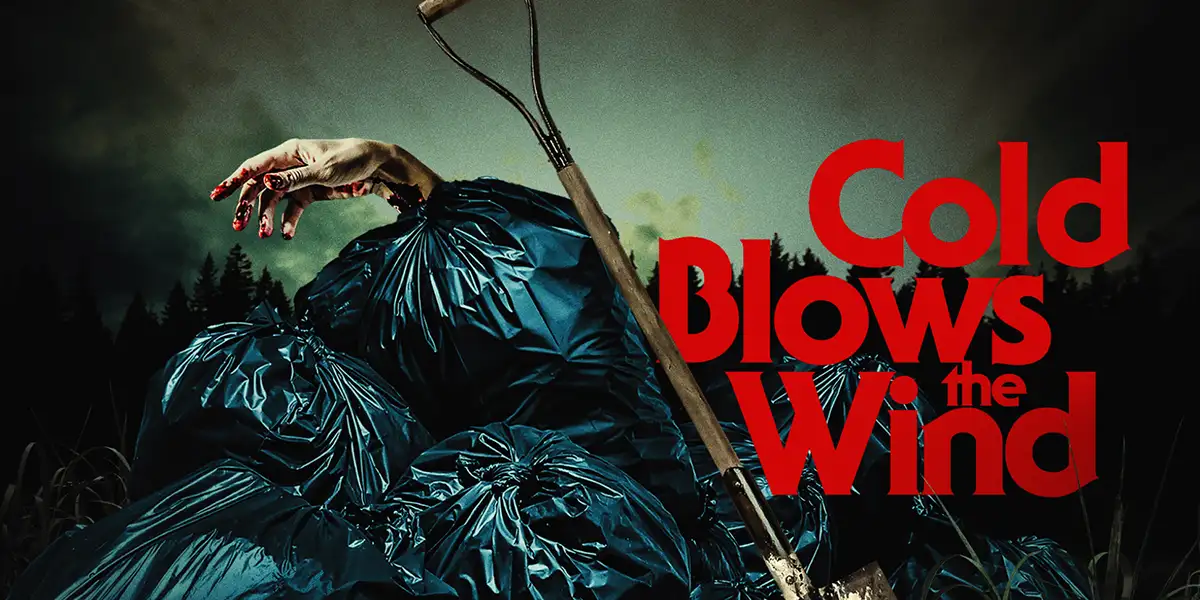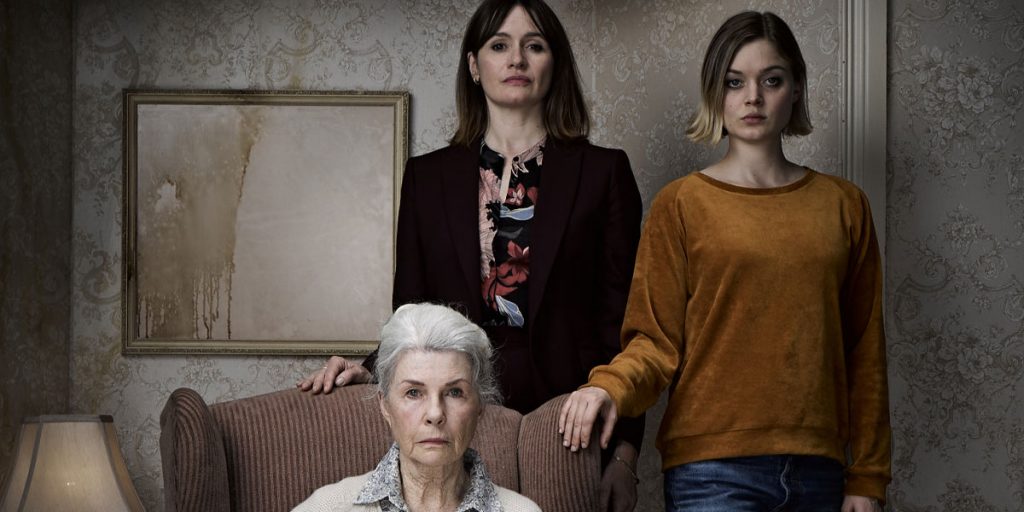Relic, Natalie Erika James’ directorial debut, is slow to start, but tension built on metaphors leads to a satisfying payoff.
I’ll be the first to admit that, when I think of Australian cinema, the first thing that comes to mind is a rugged, leather-clad man wielding a shotgun in the desert. Relic, the directorial debut from Natalie Erika James, is pretty much the antithesis of that. A horror film disguised as an intimate family drama, Relic relies more on nuance and familial closeness while being set in an area of Australia without a grain of sand in sight.
Relic follows the story of a woman named Kay (Emily Mortimer), her daughter, Sam (Bella Heathcote), and Kay’s mother, Edna (Robyn Nevin). One night, Edna goes missing, leading Kay and Sam to organize searches to find her. When Edna mysteriously returns, however, her increasingly erratic behavior leads Kay to believe that something is horribly wrong.
Immediately, one of the film’s strongest components is Robyn Nevin’s standout performance as Edna. In my viewing, I interpreted Edna, and the drama surrounding her, as a metaphor for the trials and tribulations of loving and taking care of someone struggling with Alzheimer’s. The nuances in her mannerisms and speech were chillingly reminiscent of my own experiences with my late grandmother. Nevin’s performance is honest and genuine, without coming across as campy or disrespectful.

The woefully underused make-up and sfx teams also deserve high praise for their work. There is some genuinely impressive body horror near the end of the film. While it may not be to the standard of Cronenberg, it is still a riveting and disturbing visual that punctuates the theme of a disease ultimately changing a loved one into a barely recognizable version of themself.
Relic, however, is the latest offender of one of my biggest pet peeves in modern horror: poor lighting. Darkness can be an incredibly effective tool for building tension and suspense, but if it’s implemented in a sequence that doesn’t warrant it, it becomes an incredibly frustrating viewing experience. There are several scenes in Relic that I can only assume are dark for the purpose of building atmosphere and foreshadowing, but the effect gets lost because you won’t be able to see anything.
My biggest gripe about Relic, however, has to be its pacing: this film is ninety minutes, and to be completely frank with you, the first sixty of those minutes drag like crazy. Just like Brian de Palma’s Carrie, Relic doesn’t really feel like a horror film until the third act. During the first sixty minutes, there is little foreshadowing suggesting that this is a horror film, and instead made itself out to be more of a morbid family drama. This can’t be attributed to the characters being genre blind, because there was no reason for them to suspect a horror climax. I’m not saying that there’s no place for a slow burn in the horror genre, I’m saying that when I go into a horror film, I carry an expectation of consistent foreshadowing and theming to keep me grounded in the world of the film, and remind me where it’s going.
The final half hour of Relic, however, is excellent! First of all, the lighting gets exponentially better as the darkness contributes to the tension and horror of the climax, but it’s still light enough for you to actually make out what is happening. Second, the pacing picks up dramatically as the film finally embraces its horror elements, and becomes a gripping and thrilling experience. So gripping, in fact, that you’ll forget about some plot elements that weren’t foreshadowed that well, because the action on screen is so riveting. Third, this is when the aforementioned excellent makeup and sfx come into play, further accentuating the horror of the climax. This all leads to a final tableau that is haunting, heartbreaking, and strangely beautiful all at the same time. Like, not even kidding, the ending made me a little choked up.
Relic has a lot of good ideas, but doesn’t always realize them as effectively as it could have. The pacing is uneven, but when the movie works, it shines. If you’re a horror fan, it’s worth checking out, if for no other reason that the final thirty minutes are great. If you’re not a horror fan, you may also find some enjoyment in it, as the focus lays more heavily on intimate family melodrama. Natalie Erika James is another promising newcomer, and even if her first outing could have been improved, you should look forward to what she does next.
Relic was released in US cinemas and VOD by IFC Films on July 10th, 2020.

 loudandclearreviews.com
loudandclearreviews.com
